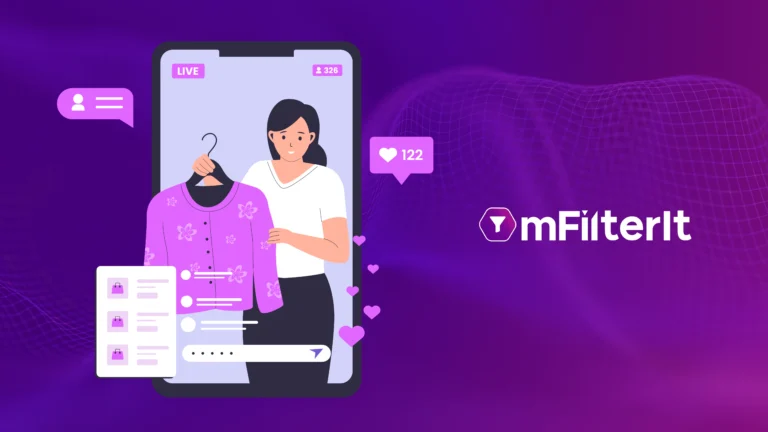Brand safety is a challenge for online marketers in today’s programmatic landscape. COVID-19 has affected brands in a big way, including the advertising and marketing industry.
The rapid growth of digitization has made brands’ digital safety a major concern for both brand custodians and publishers.
Digital advertising faced its first brand safety issue several years ago when it was found that ads on YouTube for major national brands were next to ISIS recruitment videos. Since then, things have gotten out of hand. According to a 2017 survey of U.S. marketers, 68% said their brand was exposed to “brand safety” issues.
Furthermore, the study found that publisher sites, Twitter, and Facebook all ranked as having a higher risk of brand safety violations, despite YouTube’s notable brand safety policies.
It’s challenging for publishers to manage the contextual suitability of ads on their sites, especially if they’re being served programmatically. No matter what type of advertisement you run, whether it is a political ad with a divisive message, a KFC ad that appears on a vegan website, or a lingerie ad that appears on a kid’s site, the contextuality of advertisements can directly affect how your audience experiences your brand. Your brand can be tarnished if offensive or inappropriate content occurs next to your ad.
Why Should Publishers Invest in Brand Safety?
Brand safety is not a matter of prime concern to most small and medium publishers. Fraudulent publishers mix the incent traffic within non incent traffic making fraud detection difficult. This impacts the campaign’s performance with low-quality leads and engagement. This negatively impacts the credibility of the publisher.
How the Industry Bodies Are Helping Publishers in Addressing Brand Safety Issues?
Publishers have faced numerous problems related to brand safety over the years. There is a need for them to work directly with brand safety vendors in order to keep their digital assets safe and gain the confidence of advertisers and audiences. Many industry bodies have been working to define practical brand safety measures in order to help facilitate a productive connection with advertisers and publishers, including the Interactive Advertising Bureau (IAB) and the Media Rating Council (MRC). The measures were designed to help in making informed choices before the campaigns began.
What Should Publishers Do?
Identify your current position: In addition to blacklisted keywords, advertisers also consider the domain authority, viewability score, fill rate, and historical bid price of your site. You may be removed from the advertiser’s campaign if your numbers don’t meet the advertiser’s standards. Therefore, it is recommended to keep an eye on these numbers to avoid penalties from brand custodians.
Avoid invalid traffic: Non-human traffic can kill the brand safety score. When a demand-side system notices unusual traffic on your domain, it flags you as unsafe. It’s hard for publishers to avoid all invalid traffic. In such an instance, make your policy transparent and include the percentage of invalid traffic on your site.
Review your demand source: Choosing your demand partners wisely is recommended. Make sure they have appropriate safety measures in place, including preventing ad injection and domain spoofing.
Consult a brand safety company: There is a good chance that advertisers have blacklisted your inventory if you’ve recently noticed a decline in fill rate. However, there are many other possible reasons. But do not rule out blacklisting. It is recommended that you work directly with brand safety vendors. Aside from providing protection services, they can also assist in creating a balance between genuine content and ad revenue,
Learn more about brand safety: Brand safety is not just a concern for advertisers, but also for publishers of all sizes. Learning more about the problem should help you come up with an educated solution. Use the guidelines from the IAB and MRC to build buyer confidence.
Vet your partners and advertisers: Programmatic advertising has become more concerned about perceived brand risk as a result of increased technology usage. In part, this is due to a lack of transparency between advertisers and publishers.
Thus, advertisers are choosing direct buys with reputable publishers or direct integration with the publisher’s ad server. This is because, in such a buy, the possibility of ad fraud is greatly reduced. You benefit from direct deals because they offer better transparency than indirect deals, which will build much stronger bonds with your advertisers.
Conclusion
Knowing everything about your business is important because it’s part of the advertising chain. Neglecting brand safety will only harm your business. Now that advertising is reinventing itself, the opportunities that come from improving your brand’s safety will bring the desired ROI. mFilterIt’s deep web scanners continuously keep a detailed eye across digital space to report any deviations from the brand policy and objectives.
To learn more about our brand safety solution, Click here to schedule a demo with us!



